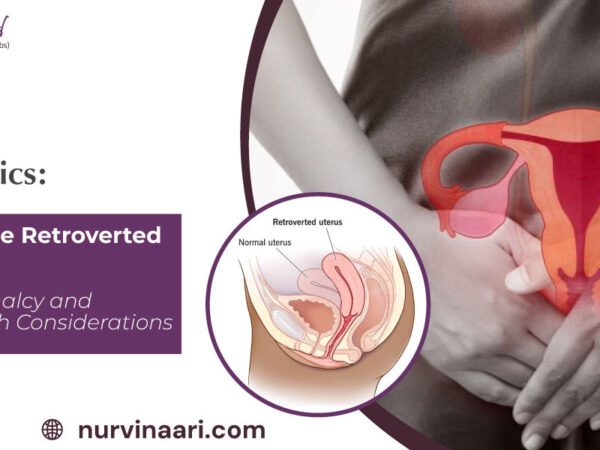Do you have an irregular menstrual cycle that’s accompanied by pelvic pain, excess bleeding, and heavy periods? Well, these are not normal. Many women ignore the pain and intense bleeding assuming that it’s normal. The reality, however, is that these symptoms might indicate the abnormal growth of tissues, called fibroids.
These symptoms may also indicate other serious issues. It’s important to schedule an appointment with a hysterectomy specialist in Thane before the condition worsens. Below we’ve listed three common conditions that might be causing pelvic pain and vaginal bleeding.
More Info at : Hysterectomy: All You Should Know
Fibroids
Fibroids are non-cancerous growth within or on your uterus. These are quite common in women in child-bearing age, especially between 30 and 50 years old. Fibroids can cause heavy bleeding, periods that last longer than a week, spotting in between your menstrual cycle, and pelvic pressure. Women may or may not experience the symptoms. Usually, it depends on the size of the fibroids. They can range from a small rice grain to as big as a basketball.
Treatment is necessary if the fibroids have grown in size and are putting pressure on other organs, like your bladder. The treatment options range from medication to surgical removal of the fibroids or the uterus (if the woman isn’t planning future pregnancies). Myomectomy removes fibroids while keeping the uterus intact, but there’s a chance the fibroids might recur. You can also shrink the fibroids by choosing to cut off the blood supply to the uterus.
Also Read : Managing Endometriosis: Options For Relief
Polyps
Also called uterine polyps, this overgrowth of the cell forming the uterine lining can also cause pelvic pain, extreme bleeding, and other issues. These are mostly non-cancerous, but some endometrial polyps can be cancerous. Women who take pills to defeat breast cancer, obese women, and post-menopausal women are at a high risk of developing polyps than those in their 20s and 30s.
The symptoms include bleeding after intercourse, in between your periods, and in women who’ve reached menopause. Hysteroscopy is a medical procedure performed to diagnose polyps through a small camera, inserted into your womb. The cells are tested in the lab to rule out the possibility of cancer. These polyps are then removed through a hysteroscope.
Adenomyosis
The tissues that bleed during your menstrual cycle grow within the lining of your uterus. In Adenomyosis, these tissues might grow within the muscular wall of your womb, causing heavy bleeding. These tissues work normally, i.e. they break and bleed during your menstrual cycle, but their unusual growth can result in an enlarged uterus. This may cause pelvic pain. Scientists haven’t yet discovered the exact cause of Adenomyosis. Fortunately, it resolves after menopause. Symptoms include pain during intercourse, heavy periods, pelvic pressure, pain on normal days, and unbearable pain during periods. If it’s causing extreme discomfort, you can consider hormone therapy. The permanent solution to an enlarged uterus is a hysterectomy. To explore more treatment options, talk to the uterus removal surgery specialist in Thane.



Comments are closed.